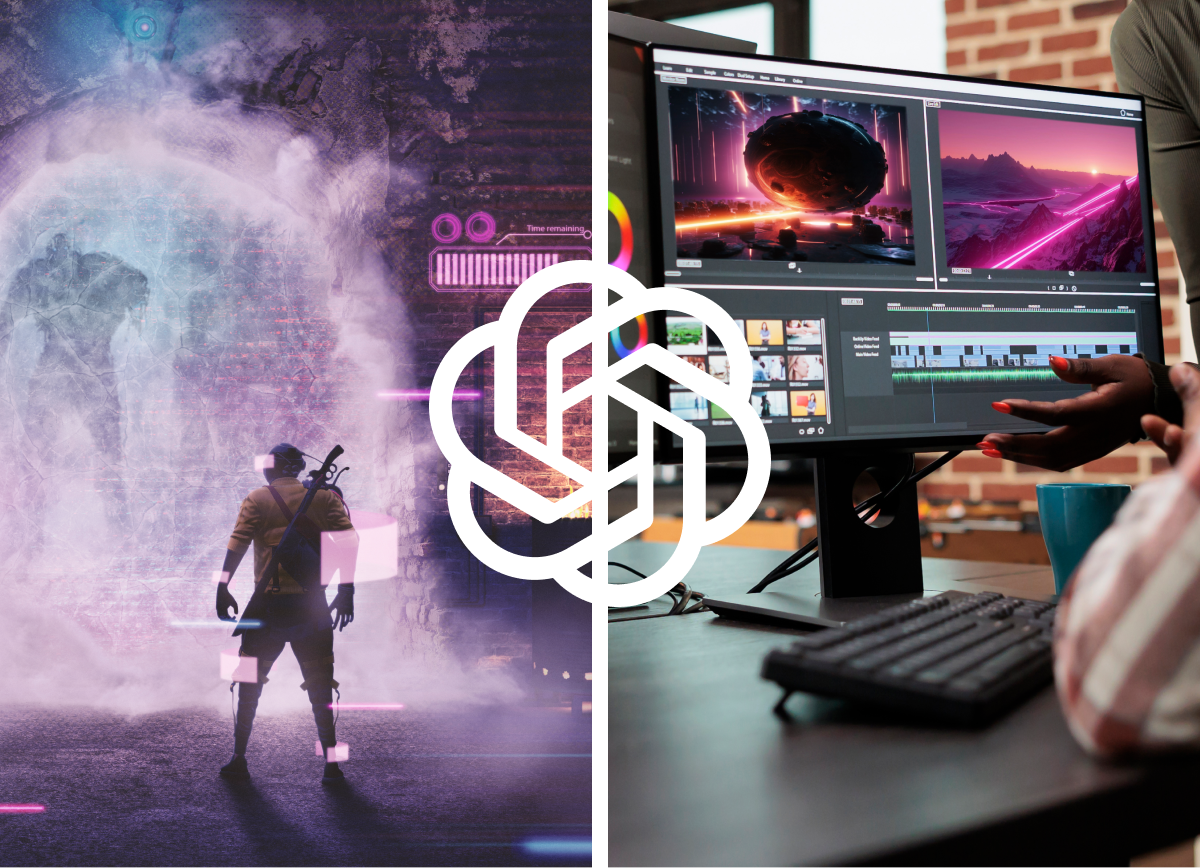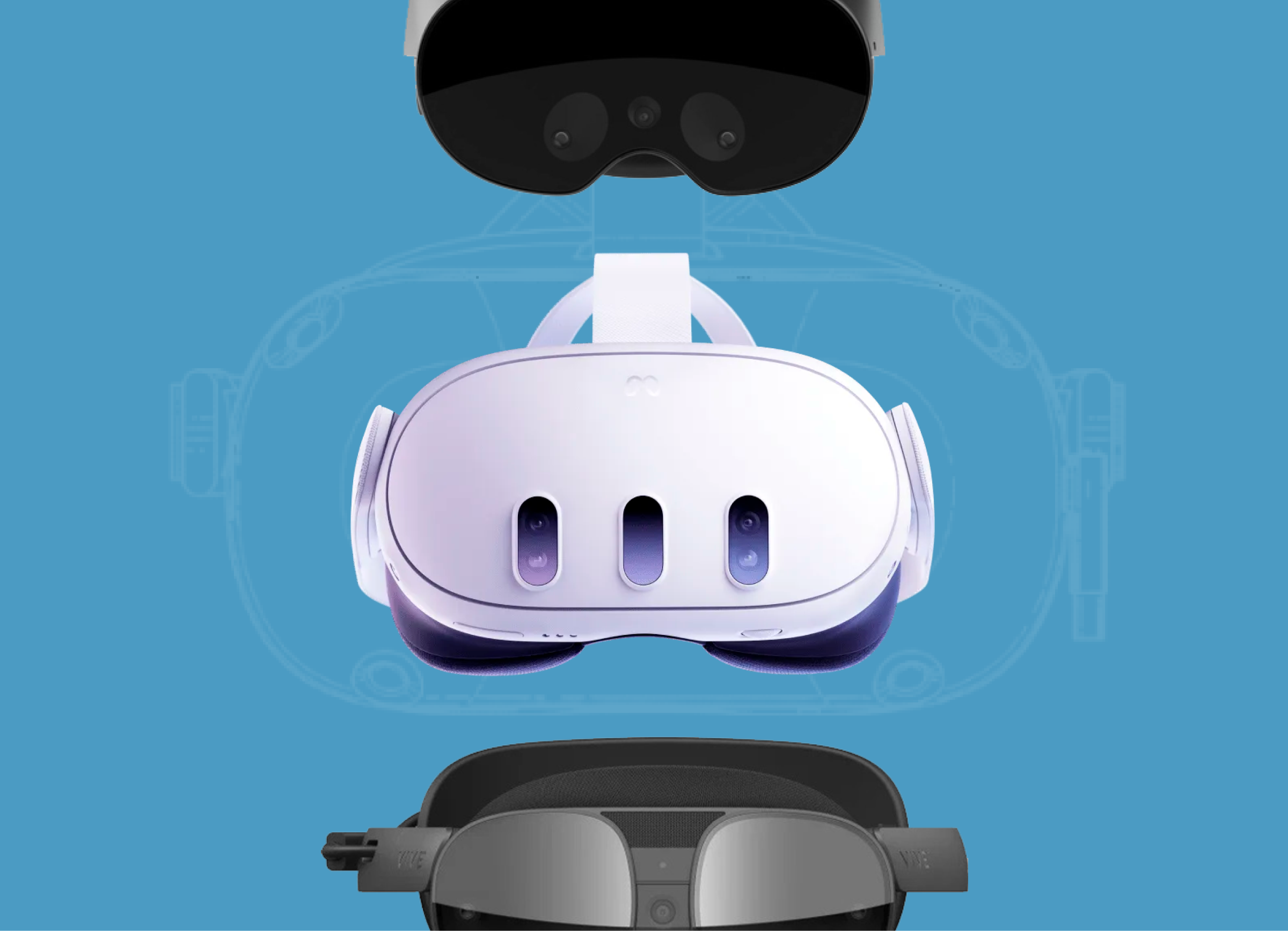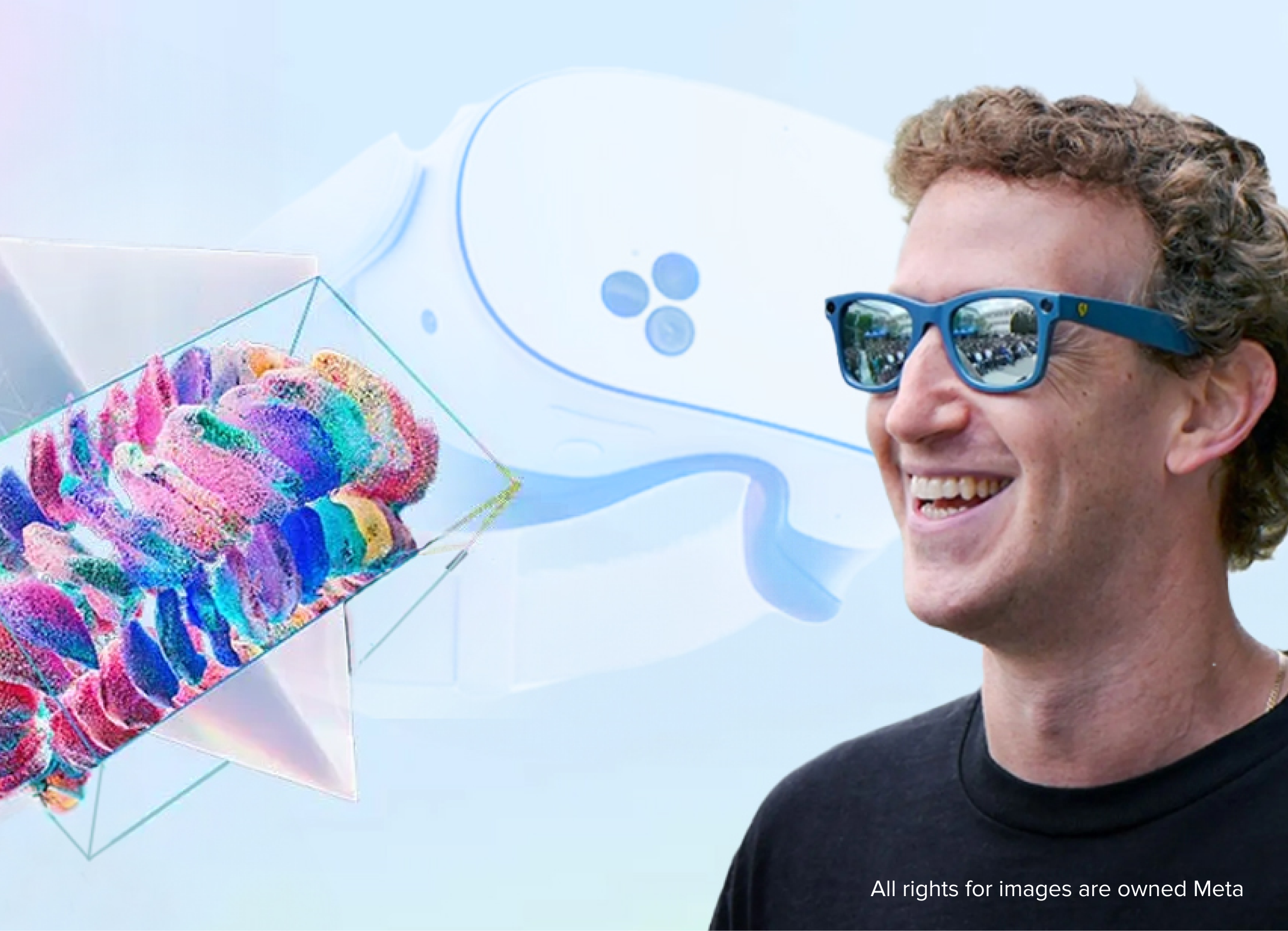
Enthusiasts have introduced a remarkable feature that combines Sora’s video-generating capabilities with ElevenLabs’ neural network for sound generation. The result? A mesmerizing fusion of professional 3D locations and lifelike sounds that promises to usher in an era of unparalleled creativity for game developers.
How It Works
In the context of game development, it should have looked like this:
- Capture Video with Sora: People start by capturing video content using Sora, a platform known for its advanced video generation capabilities.
- Luma Neuron Transformation: The captured video is then passed through the Luma neuron. This neural network works its magic, transforming the ordinary footage into a spectacular 3D location with professional finesse.
- Unity Integration: The transformed video is seamlessly imported into Unity, a widely-used game development engine. Unity’s versatility allows for the integration of the 3D video locations, creating an immersive visual experience that goes beyond the boundaries of traditional content creation.
Voilà! The result is nothing short of extraordinary – a unique 3D location ready to captivate audiences and elevate the standards of digital content.
A Harmonious Blend of Sights and Sounds
But the innovation doesn’t stop there. Thanks to ElevenLabs and its state-of-the-art neural network for sound generation, users can now pair the visually stunning 3D locations with sounds that are virtually indistinguishable from reality. By simply describing the desired sound, the neural network works its magic to create a bespoke audio experience.
This perfect synergy between Sora’s visual prowess and ElevenLabs’ sonic wizardry opens up a realm of possibilities for creators, allowing them to craft content that not only looks stunning but sounds authentic and immersive.
OpenAI’s Sora & ElevenLabs: How Will They Impact Game Development?
The emergence of tools like OpenAI’s Sora and ElevenLabs sparks discussions about their potential impact on the industry. Amidst the ongoing buzz about AI revolutionizing various fields, game developers find themselves at the forefront of this technological wave. However, the reality may not be as revolutionary as some might suggest.
Concerns Amidst Excitement: Unraveling the Real Impact of AI Tools in Game Development
Today’s AI discussions often echo the same sentiments: fears of job displacement and the idea that traditional roles within game development might become obsolete. Yet, for those entrenched in the day-to-day grind of creating games, the introduction of new tools is seen through a more pragmatic lens.
For game developers, the process is straightforward – a new tool is introduced, tested, evaluated, and eventually integrated into the standard development pipeline. AI, including platforms like Sora and ElevenLabs, is perceived as just another tool in the toolkit, akin to game engines, version control systems, or video editing software.
Navigating the Practical Integration of AI in Game Development
The impact on game development, in practical terms, seems to be more about efficiency and expanded possibilities than a complete overhaul of the industry. Developers anticipate that AI will become part of the routine, allowing for more ambitious and intricate game designs. This shift could potentially lead to larger and more complex game projects, offering creators the time and resources to delve into more intricate aspects of game development.
However, there’s a sense of weariness among developers regarding the constant discussion and hype surrounding AI. The sentiment is clear – rather than endlessly discussing the potential far-reaching impacts of AI, developers prefer practical engagement: testing, learning, integrating, and sharing insights on how these tools can be effectively utilized in the real world.

OpenAI — for all its superlatives — acknowledges the model isn’t perfect. It writes:
“[Sora] may struggle with accurately simulating the physics of a complex scene, and may not understand specific instances of cause and effect. For example, a person might take a bite out of a cookie, but afterward, the cookie may not have a bite mark. The model may also confuse spatial details of a prompt, for example, mixing up left and right, and may struggle with precise descriptions of events that take place over time, like following a specific camera trajectory.”
So, AI can’t fully create games and its impact might be limited. While it could serve as a useful tool for quickly visualizing ideas and conveying them to a team, the core aspects of game development still require human ingenuity and creativity.
In essence, the introduction of AI tools like Sora and ElevenLabs is seen as a natural progression – a means to enhance efficiency and open doors to new creative possibilities. Rather than a radical transformation, game developers anticipate incorporating AI seamlessly into their workflow, ultimately leading to more expansive and captivating gaming experiences.


